
Do you have a question about the Viessmann Vitocell 100 and is the answer not in the manual?
| Capacity | 120, 500 liters |
|---|---|
| Heat Exchanger | Stainless steel |
| Corrosion Protection | Ceraprotect enamel coating and magnesium anode |
| Maximum Operating Pressure | 10 bar |
| Maximum Flow Temperature | 95°C |
| Connections | 1" connections for heating and DHW |
Installation, adjustment, service, and maintenance must be performed by a licensed professional heating contractor.
Read all applicable documentation before installation and store it in an accessible location for future reference.
Contractor must familiarize the system owner with equipment, safety, shutdown procedures, and maintenance needs.
Information in product documentation must be read and followed; failure to do so voids the warranty.
The installer must ensure the operator/owner is familiar with system functioning, activation, and shutdown.
Initial start-up must be performed by a qualified heating contractor, requiring a completed Maintenance Record.
Installation, adjustment, service, and maintenance must be done by a qualified, licensed heating contractor.
Consult Technical Data Manual, Installation, Start-up/Service, and Operating Instructions for relevant information.
Installations must adhere to product literature, local codes, and verify all field-supplied electrical controls.
Explains WARNING, CAUTION, and IMPORTANT flag words and symbols used to denote hazards and important information.
Fill the tank with water and check heating/water sides and sensor well for leaks.
Verify the proper operation of the temperature and pressure relief valve (T&P valve).
Notes on not tightening clean-out openings and using sealant on threaded steel nipples.
Tank inspection and cleaning must occur within 2 years of initial start-up and as required thereafter.
Annual inspection of the magnesium anode is recommended to measure protective current without system shutdown.
Shut down the heating system and ensure main power is deactivated before commencing service work.
Check all connections for leaks and ensure proper operation of all safety devices, including the T&P valve.
Detailed steps to test anode protective current using a device and interpret the results.
Procedures for draining, cleaning with pressure washer or chemical cleaner, and rinsing the tank interior.
Check the magnesium anode and replace it if its diameter is reduced to 0.4-0.6 inches (10-15 mm).
Steps to reconnect the DHW tank, mount components, fill the tank, and reinstall the front panel.
Reactivate main power supply to the equipment, heating system, and all external controls.
List of tank components and instructions on how to order replacement parts using model and serial numbers.
A log for recording start-up and maintenance/service dates and personnel.
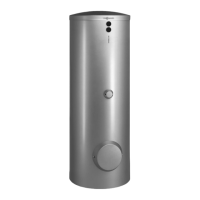
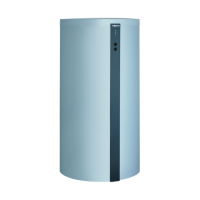
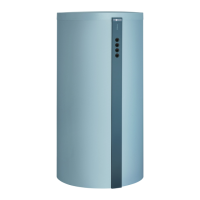
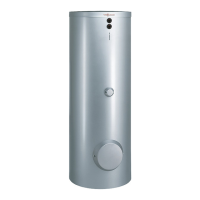
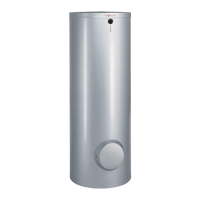
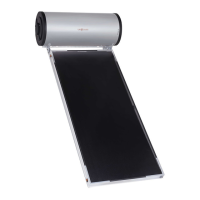
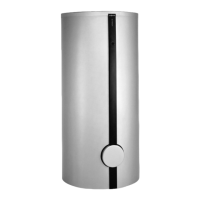
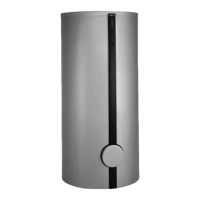
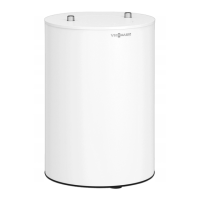

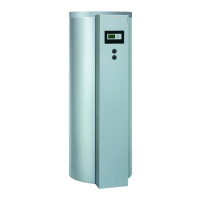
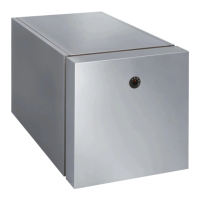
